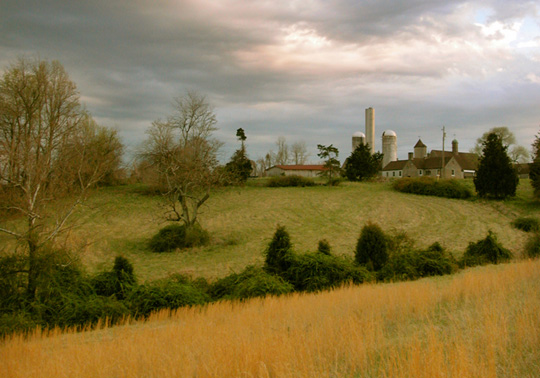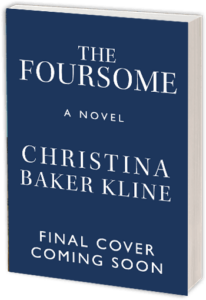 You may have noticed that I haven’t posted much lately. Keeping a blog is like having a pet — it requires constant maintenance. And when I wasn’t deep into writing my novel, I derived a lot of pleasure from it (and still do, in sporadic bursts). But working on a novel is like having a newborn baby. It keeps you up at night, it needs constant feeding, it’s unpredictable and exhausting. And like new parents who find that the frisky puppy that brought them so much pleasure before the baby came along has begun to feel like a burden, with its manic energy and constant need for attention, I find myself wishing that someone else would feed and walk this bloggy beast for me.
You may have noticed that I haven’t posted much lately. Keeping a blog is like having a pet — it requires constant maintenance. And when I wasn’t deep into writing my novel, I derived a lot of pleasure from it (and still do, in sporadic bursts). But working on a novel is like having a newborn baby. It keeps you up at night, it needs constant feeding, it’s unpredictable and exhausting. And like new parents who find that the frisky puppy that brought them so much pleasure before the baby came along has begun to feel like a burden, with its manic energy and constant need for attention, I find myself wishing that someone else would feed and walk this bloggy beast for me.
So I’ve decided — as I work toward my early 2011 novel deadline — to give myself a break. I’ll still post when I’m inspired, most likely once or twice a week, and when other writers send me fabulous pieces. (I have a few in the hopper now.) If you subscribe by email — see the button at right — you’ll be alerted when there’s a new post. And I’ll point my readers toward other blogs by writers that I love. Alice Elliott Dark, wise woman/fiction guru, has only posted twice so far, but her new blog, Walks with Dogs (appropriately enough), is already on my list of favorites. Louise DeSalvo, memoirist and mentor, provides thoughtful meditations on writing at WritingaLife. And I stumbled on novelist Janet Fitch’s wonderful blog when someone sent me her “Ten Writing Tips that Can Help Almost Anyone” (yes, it’s true, they can).
Meanwhile I’ll continue to feed and walk my own blog-dog, just not so often or with such guilt when I don’t. And in the spring, when the baby is sleeping through the night, I’ll have more energy for the beast. For now, he can sleep at my feet while I’m writing, dreaming bloggy dreams.





























